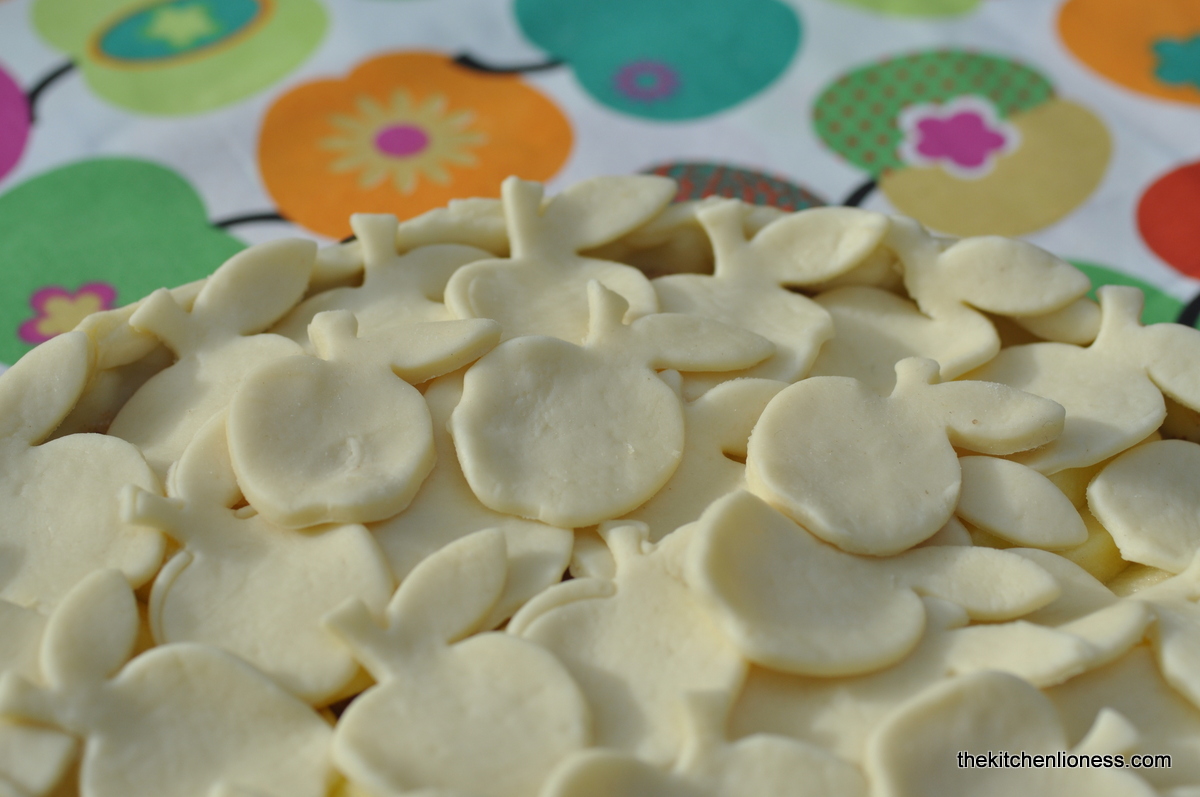Wishing all of you my friends and faithful readers and all of your families a very Merry Christmas and Happy Holidays! Or as we say around here "Frohe Weihnachten und Festtage!" These festive times would not feel right without a little sweet recipe from my kitchen.
Of course, for obvious reasons, stars are a very popular choice for Holiday creations and I was inspired to bake my lovely Sultan' s Stars during our recent visit to an amazing Medieval Christmas market.
For my Sultan´s Stars you need to make a simle rich dough raised with yeast. The dough is flavored with butter, vanilla and lemon zest. To finish the stars, I brushed them with some egg yolk mixed with a bit of milk and topped them with thinly sliced almonds (you could also opt for chopped ones) and pearl sugar. They were a delicious addition, as they toast during baking to provide some crunch and flavor contrast.
I also added a small handful of raisins and sultanas to add some additional sweetness to the dough. Entirely optional, of course, but this is a nice addition if you enjoy dried fruits in your baked goods. I am pleased to say this all worked very well, and the result is an easy, fun recipe that will leave you with light, sweet and fragrant festive stars to enjoy during the holidays.
Sultan´s Stars
Ingredients
- 500g strong flour or use AP (plain) flour
- 30g fresh yeast
- 1/4 l tepid milk
- 50g butter, unsalted, melted
- 50g superfine (baking) sugar
- 1 1/2 tsps pure vanilla sugar
- 1 egg (M), free range or organic
- a pinch of fine sea salt
- zest of half a lemon (organic/untreated)
- a handful of sultanas and/or raisins
- 1 egg yolk (M), free range or organic mixed together with 1 tbsp milk
- slithered almonds (or use chopped almonds)
- a bit or pearl sugar
Preparation
- Sieve the flour in a bowl and form a pit.
- Put the crumbled yeast in the pit of the flour, add the milk to the yeast and stir together.
- Cover the bowl with a damp kitchen towel and let it rest for 15 minutes in a warm place.
- Add the butter, sugar, vanilla sugar, egg, salt, and lemon zest to the flour mixture and knead for about 5 minutes until you have a smooth dough.
- Add the raisins/sultanas if using and kneed some more.
- Transfer the dough to a greased medium bowl.
- Cover and let the dough rest in a warm place until it has doubled in volume (for another 60 minutes).
- Line two baking sheet with parchment paper (or use your Silpat baking mats).
- With a rolling pin, roll out the dough on a well-floured work surface and use a star-shaped cookie cutter to cut out as many stars as possble.
- Cover the stars and let them rise again for 15 minutes.
- Preheat your oven to 200°C (392°F).
- Brush with the beaten egg yolk/milk mixture and sprinkle with almonds and pearl sugar.
- Bake for about 15 to 20 minutes until golden.
- Let them cool on a cooling rack and enjoy. They are best eaten while still warm.
These Sultan´s Stars should be enjoyed with steaming glasses of your favorite tea, strong coffee, cocoa or a homemade mulled wine (Glühwein) that you spiced with cinnamon, cloves and star anise or even warm grape or apple juice. I would also quite happily much on one of these on a chilly winter evening too!
Hope you are spending a peaceful Christmas & Holidays with family and friends!
Ich wünsche euch ein schönes und besinnliches Weihnachtsfest und Feiertage im Kreise all eurer Lieben!

















































